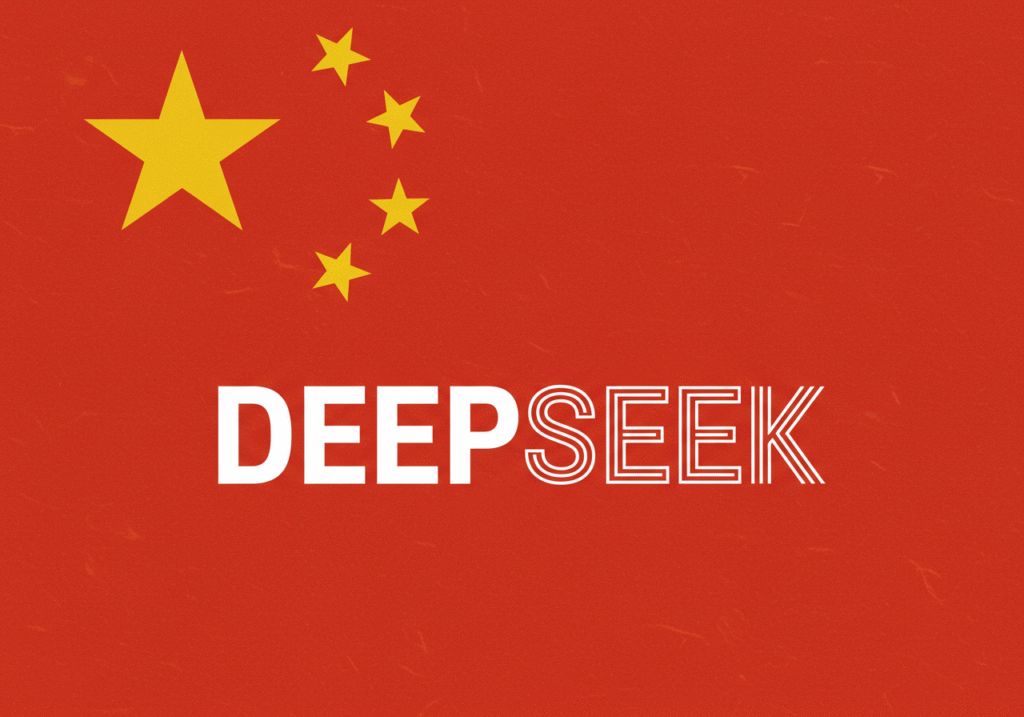Introduction: DeepSeek’s Market-Shaking AI Model
Chinese AI startup DeepSeek has sent shockwaves through the tech world with its R1 model, developed at a mere $5.6 million cost. Compared to OpenAI’s $5 billion ChatGPT development budget, this figure stunned markets, triggering significant declines in U.S. tech stocks—Nvidia alone lost $600 billion in market value in a single day. But what does this cost efficiency mean for the environmental risks of AI? Does DeepSeek’s low-cost model also reduce energy consumption and water usage, or is it solely a financial breakthrough?
DeepSeek’s Technological Leap: Low Cost, High Performance
DeepSeek leveraged innovative techniques like Mixture of Experts (MoE) architecture and FP8 precision to train its 671-billion-parameter V3 model using just 2,048 Nvidia H800 GPUs. This is a fraction of the 10,000+ high-performance chips used by giants like OpenAI and Google. The R1 model matches ChatGPT’s performance in tasks like math, coding, and natural language reasoning while costing just 1% of GPT-4’s training budget. This efficiency raises questions about both financial and environmental impacts.
Environmental Risks: The Hidden Cost of AI
Training large language models (LLMs) comes with significant environmental risks due to high energy and water consumption:
- Energy Consumption: Training models like GPT-4 can generate carbon emissions equivalent to the annual energy use of millions of households, with some LLMs producing over 1,000 tons of CO2.
- Water Usage: Cooling data centers for AI training consumes billions of liters of water annually, posing challenges in water-scarce regions, as highlighted in Google’s 2022 sustainability reports.
- Electronic Waste: The production and replacement of high-performance chips contribute to e-waste, exacerbating environmental pollution.
So, how does DeepSeek’s low-cost approach impact these risks?
DeepSeek’s Environmental Advantages
DeepSeek’s methodology offers potential environmental benefits by minimizing resource use:
- Reduced Chip Usage: Training with just 2,000 H800 GPUs—compared to competitors’ 10,000+—lowers energy demand and reduces e-waste from chip production.
- Energy Efficiency: The MoE architecture activates only necessary parameters, optimizing energy use. DeepSeek-V3 operates with 37 billion active parameters, unlike traditional models that keep all parameters active, consuming more power.
- Open-Source Model: DeepSeek’s open-source approach allows developers to customize models, reducing the need for redundant training and indirectly cutting energy and water use.
Water Usage Concerns
Water consumption in AI training, driven by data center cooling, remains a hotly debated issue. DeepSeek’s lower chip count likely reduces cooling needs compared to 10,000-GPU setups, potentially decreasing water usage. However, DeepSeek has not disclosed specific water consumption data, leaving the full environmental impact unclear.
Are Environmental Risks Truly Reduced?
While DeepSeek’s low-cost model shows promise in reducing energy and water use, it doesn’t eliminate environmental risks entirely. Fewer chips and optimized architecture lighten the environmental load, but data centers still consume significant resources. Moreover, DeepSeek’s rapid adoption—its R1 model topped the U.S. iOS App Store’s free apps chart within days of its January 20, 2025 launch—could scale up usage, potentially offsetting efficiency gains. Increased demand may amplify environmental costs if not managed sustainably.
Criticisms and Limitations
Some experts question the transparency of DeepSeek’s cost claims. Umesh Padval of Thomvest Ventures remarked, “I don’t believe it’s $6 million; even $60 million would be game-changing,” highlighting uncertainties around the full cost picture. Additionally, DeepSeek’s reliance on Chinese government support and access to data centers complicates environmental assessments. China’s data centers often depend on coal-heavy energy grids, which could result in a higher carbon footprint than expected.
Conclusion: Is a Sustainable AI Revolution Possible?
DeepSeek’s low-cost, high-efficiency AI model marks a significant step toward sustainable AI development. Its reduced chip usage, energy-efficient architecture, and open-source model offer hope for minimizing AI’s environmental footprint. However, uncertainties around water usage and energy sourcing highlight the need for greater transparency. DeepSeek’s success could pave the way for greener AI technologies, but only if environmental considerations remain a priority.
Call to Action: To better understand the environmental impact of innovative AI solutions like DeepSeek, tech companies must share detailed energy and water consumption data. A sustainable future depends on prioritizing environmental accountability in AI development. What are your thoughts on this topic? Share your views and join the conversation!

